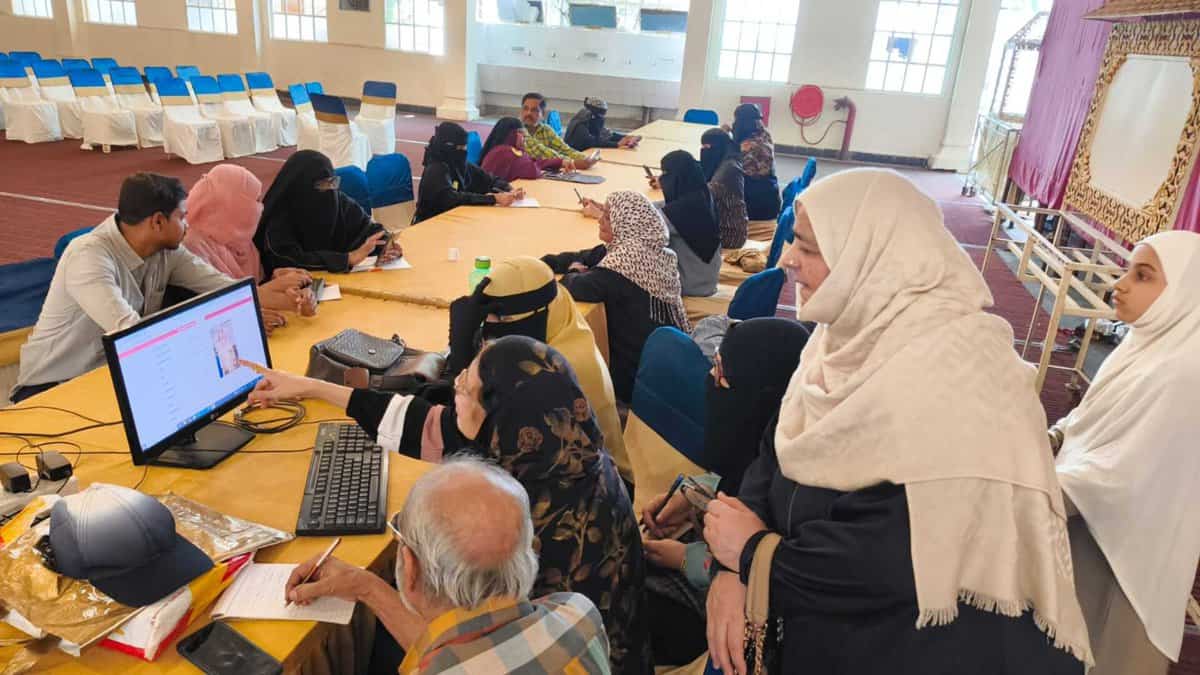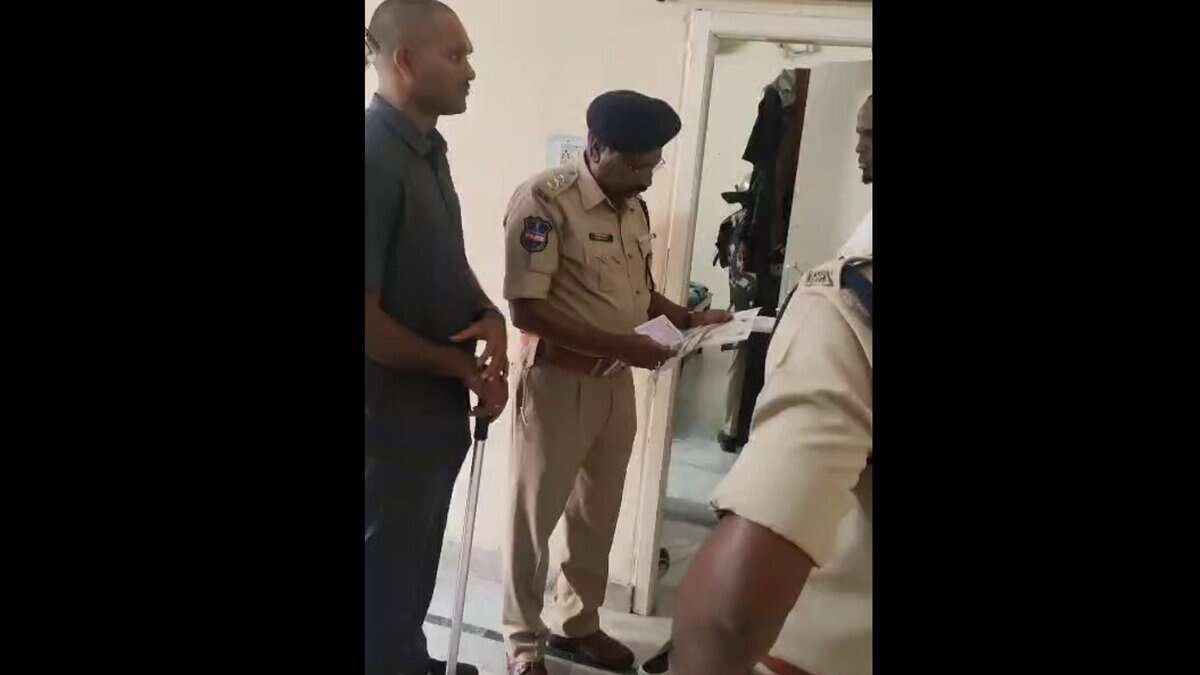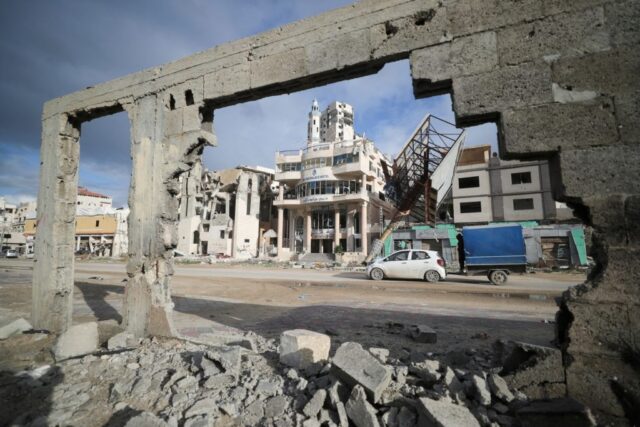Stephanie Sy:
Nearly 91 percent of Gazans are projected to suffer from acute food insecurity this year. And according to U.N. estimates, over 60,000 children will need treatment for acute malnutrition in 2025.
Gaza’s residents have long relied on food assistance. Prior to the war, the U.N. was sending an average of 500 trucks of aid a day. During the war, those deliveries became scarce and sporadic.
To make matters worse, armed looters have targeted aid trucks in hundreds of cases, further threatening the survival of Gaza’s civilians. In one desperate scene, IDF soldiers began shooting into a crowd waiting for aid to be disbursed; 112 people were killed.
Since the cease-fire began, thousands of trucks with food medicine and tents have arrived in Gaza, but the future of its residents may lie in the hands of politicians, diplomats and dealmakers far away.
Speaker of the U.S. House of Representatives Mike Johnson and Israeli President Benjamin Netanyahu met in Washington today, days after President Donald Trump proposed to relocate all Gazans in Jordan and Egypt, a proposal which Johnson has backed as a logical move.
The plan has been roundly rejected by those countries’ leaders and the Palestinians themselves, who want to stay in their homeland, shattered as it is.
For the “PBS News Hour,” I’m Stephanie Sy.














































